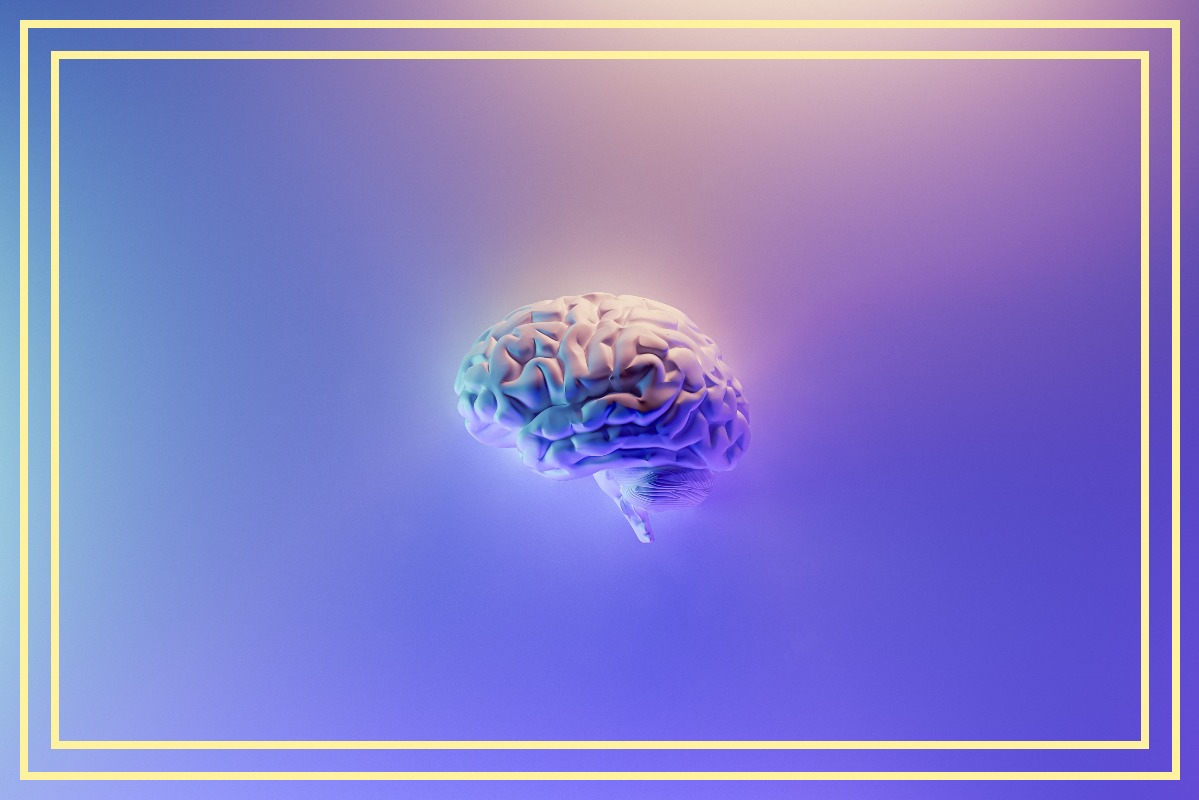
You may have heard that neurofeedback is an experimental therapy gaining in popularity. What is neurofeedback? Does it work? Let’s dive into it.
Understanding Neurofeedback
Neurofeedback is a form of biofeedback therapy that uses electroencephalogram (EEG) brainwave feedback to change responses to stimuli. It conditions the brain with rewards and punishments. This boosts certain types of brain waves and lessens others. The ultimate goal is to improve brain function, thereby decreasing distressing mental health symptoms.
Neurofeedback treats many physical and mental conditions, including the following mental health conditions:
- Bipolar disorder
- Generalized anxiety disorder
- Attention-deficit/hyperactivity disorder
- Major depressive disorder
- Dysthymia
- Substance use disorder
- Conduct disorder
- Suicidal behavior disorder
Mechanisms of Conditioning
In neurofeedback, EEG electrodes are placed on the individual’s scalp and connected to a computer program. This program typically runs a movie or video game of some kind.
With the former, conditioning uses sound, brightness, and consistent playing without breaks. When the machine registers the ideal brain waves, it brightens the screen, raises the volume, or shows the film without interruption. When the machine registers the incorrect brain waves, it darkens the screen, lowers the volume, or pauses the film. As the brain experiences the unwanted consequences, it course-corrects to the ideal brain waves. Consistent rewards strengthen the synaptic pathways, making them more easily accessed.
Neurofeedback can also use extremely simple video games with easy-to-understand rules for reprogramming the brain. An example is the following goal: make an object float for as long as possible. When your brain exhibits the right brain waves, the object floats. It raises higher the longer your brain exhibits the right types of brain waves. When your brain exhibits unwanted brain waves, the object no longer floats, drifting back to the ground. If you can get back to the right brain waves in time, you will float the object again before it touches the ground, continuing the timer. Your desire to win the game naturally drives your brain back to the ideal range.
Treatment Time Frame
What constitutes ideal treatment varies from clinic to clinic. In most places, neurofeedback appointments occur two to three times a week. Within eight to 20 sessions, a person should notice a difference in their symptoms. The length of treatment is the largest variable. Some clinics say you only need 20 sessions to receive the maximum benefit; others say you should be in consistent treatment for 40 to 60 sessions. A few clinics say it takes up to 80 sessions to create a lasting change.
The differences can be attributed to the relative newness of this therapy. Though neurofeedback was initially created in the 1960s, it wasn’t widely known until the 2000s. Current studies show that neurofeedback works, but ideal guidelines have yet to be established.
Neurofeedback therapy helps patients regulate their brain function through operant conditioning. An electroencephalogram works in conjunction with a media program to alter types of brain waves. Though it was created in the 1960s, neurofeedback only recently gained popularity. Neurofeedback can be used in conjunction with traditional therapeutic modalities and complementary therapies. The Guest House offers a variety of therapy modalities. We understand that one size does not fit all. Through individualization, we ensure each client receives the quality care they need for their mental health. For more information, call us at (855) 483-7800.